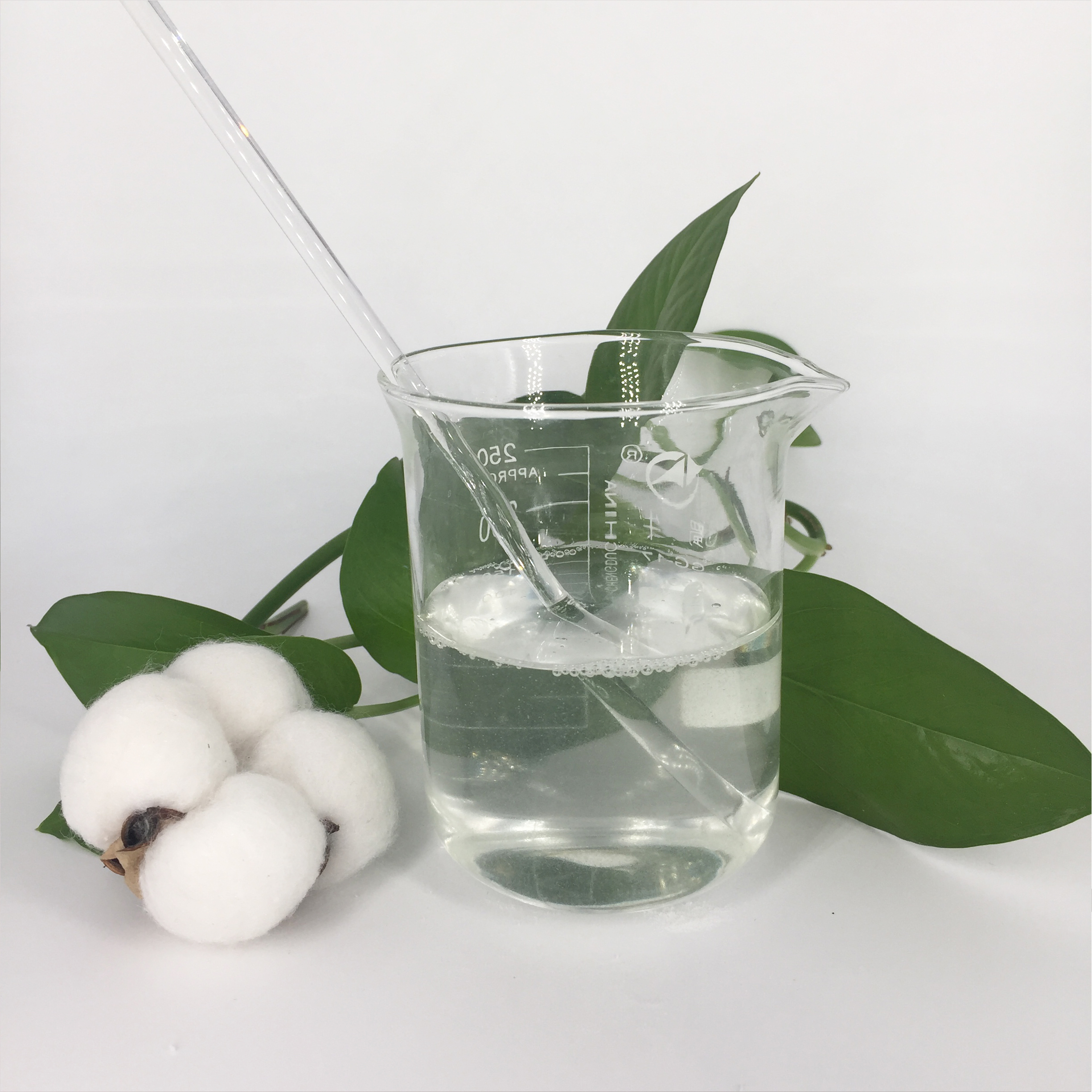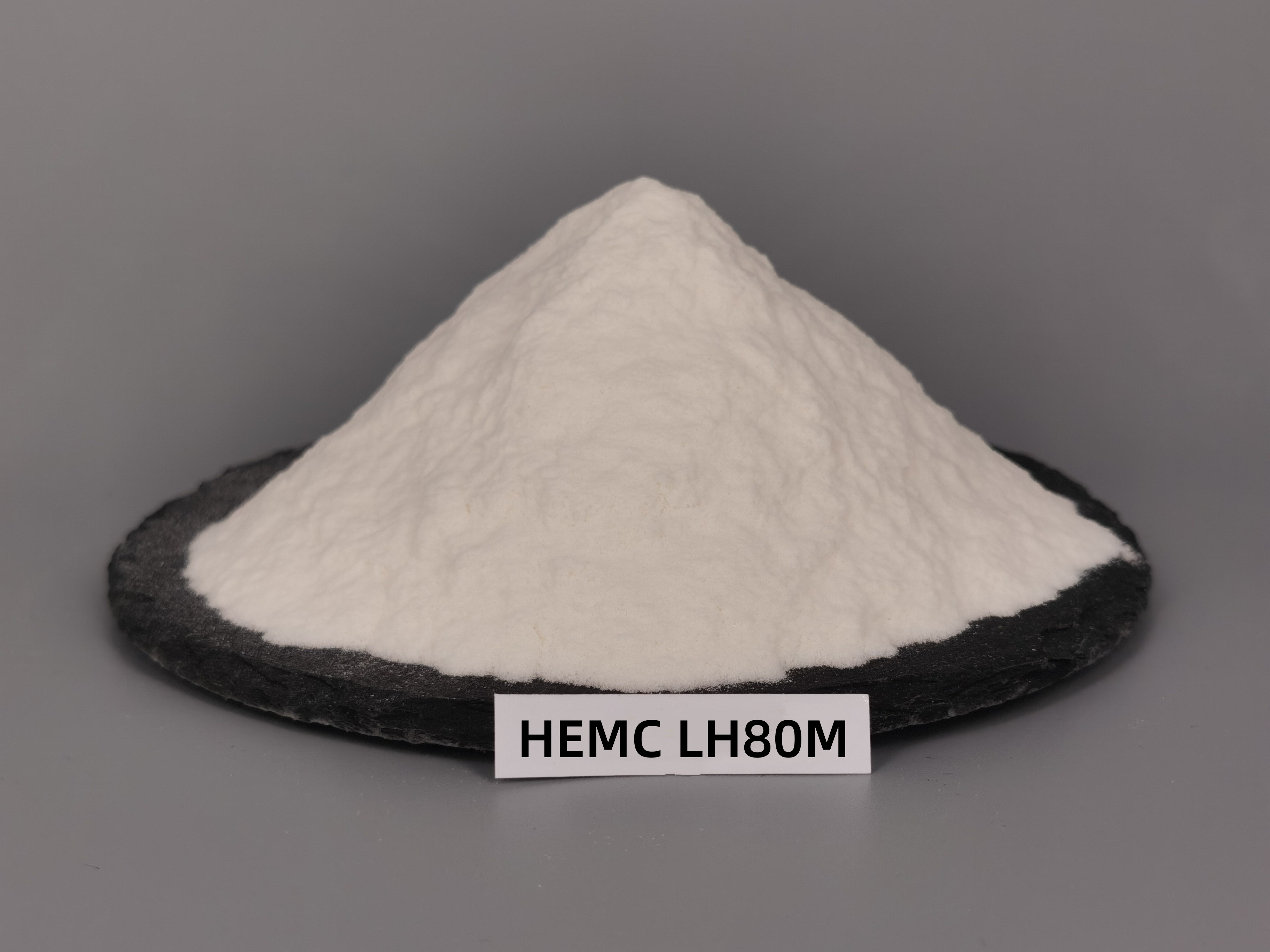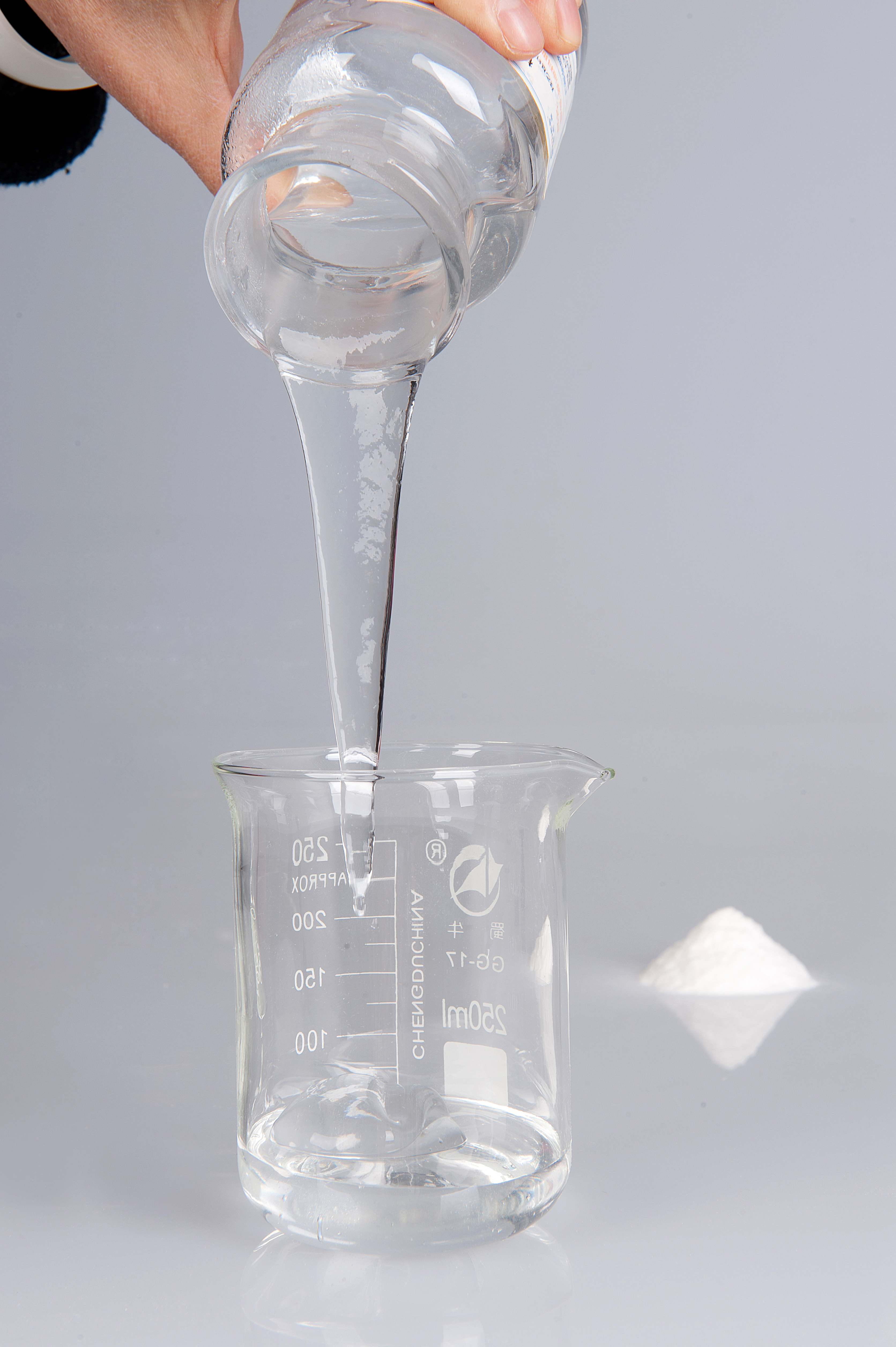Pure hypromellose HPMC is visually fluffy with a small bulk density ranging from 0.3 to 0.4 ml, while adulterated HPMC is more mobile, heavier and different from the real product in appearance. The pure hypromellose HPMC aqueous solution is clear and has high light transmittance, and its water retention rate is less than 97% , while the adulterated HPMC aqueous solution is turbid, and its water retention rate can hardly reach 80% . Pure hypromellose HPMC should not smell ammonia, starch and alcohols, while adulterated HPMC tends to smell a variety of odors and feel heavy. Pure hypromellose HPMC powders are fibrous under a magnifying glass, while adulterated HPMC powders are granular solids or crystals
Hydroxypropylmethylcellulose is a common building material additive in the use of building materials, widely used in industry and of a wide variety. Hydroxypropyl methyl cellulose can be divided into cold water instant type and hot melt type.
Cold water soluble HPMC can be used for putty powder, mortar, liquid glue, liquid coatings, and daily chemical products. Hot melt HPMC is usually used for dry powder products and is directly mixed with dry powder for uniform application, such as putty powder and mortar. Hydroxypropylmethylcellulose can be widely used to improve the performance of hydrate building materials such as cement and gypsum. In cement-based mortar, water retention can be improved, calibration time and opening time can be extended, and flow suspension can be reduced.
Hydroxypropylmethylcellulose can be used for mixing building materials and buildings, and dry mixing formulas can quickly mix with water to obtain the required consistency. Cellulose ether dissolves faster and does not clump. Methylcellulose can be mixed with dry powder for building materials. It has the characteristics of cold water dispersion, and can make the mixture more delicate and even with Suspended solids particles. In addition, it can enhance lubricity and plasticity, increase processability, and make product construction more convenient. Enhanced water retention and longer working hours help prevent vertical flow of mortar and tiles, extend cooling time, and improve work efficiency.
Hydroxypropylmethylcellulose can improve the bonding strength of ceramic tile adhesives, improve the crack resistance of mortar and wood joints, not only increase the air content in the mortar, but also greatly reduce the possibility of cracking. It can also improve the appearance of the product and enhance the resistance to sagging of the ceramic tile adhesive.
Post time: Jul-17-2023






